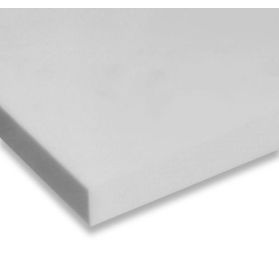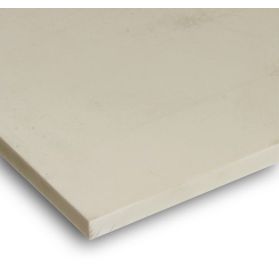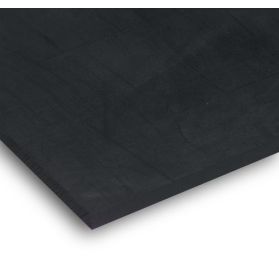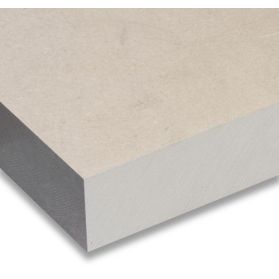Polytetrafluorethylene (PTFE)
Material properties of Polytetrafluorethylene (PTFE)
PTFE (polytertrafluoroethylene) is a polymer with a linear macromolecular structure, created by polymerisation of tetrafluoroethylene. Its high viscosity as well as its high shear sensitivity do not allow thermoplastic processing using traditional techniques such as injection moulding and screw extrusion. PTFE is cold compression moulded and then sintered. Due to its unique combination of excellent properties, PTFE can be considered a special grade of engineering plastic.
PTFE sheets are versatile materials known for excellent chemical and hydrolysis resistance, good electrical insulation properties, an extremely low coefficient of sliding friction (lowest of all solids) and anti-adhesive surface properties. Furthermore, PTFE offers excellent UV and weathering resistance.
Special advantages of PTFE
PTFE plates and sheets are processed from ultra-fine powder and sintered under pressure, creating ideal conditions for creating specialized compounds. These PTFE alloys can be enhanced with inorganic fillers, such as metal powders. The addition of fillers enhances the durability of PTFE plates and makes them more resistant to abrasion and wear. Standard mixtures of PTFE compounds provide significant advantages in mechanical and thermal performance:
- Increased wear resistance
- Less deformation under load
- Lower thermal elongation
- Improved thermal conductivity
PTFE materials can be exposed to continuous operating temperatures of up to +260 °C and, with minimal mechanical stress, also briefly to peak temperatures of +280 °C. In this temperature range, there is no degradation of the structure (depolymerisation) which could change the properties. Even in the low-temperature range down to -200 °C, flexibility and elongation at break are virtually maintained. The coefficient of thermal expansion of PTFE reaches a peak at the glass transition temperature at +19 °C and reaches values which are otherwise only achieved at high temperatures.




